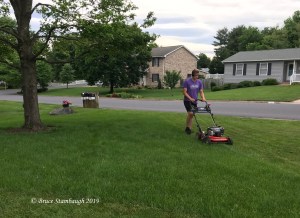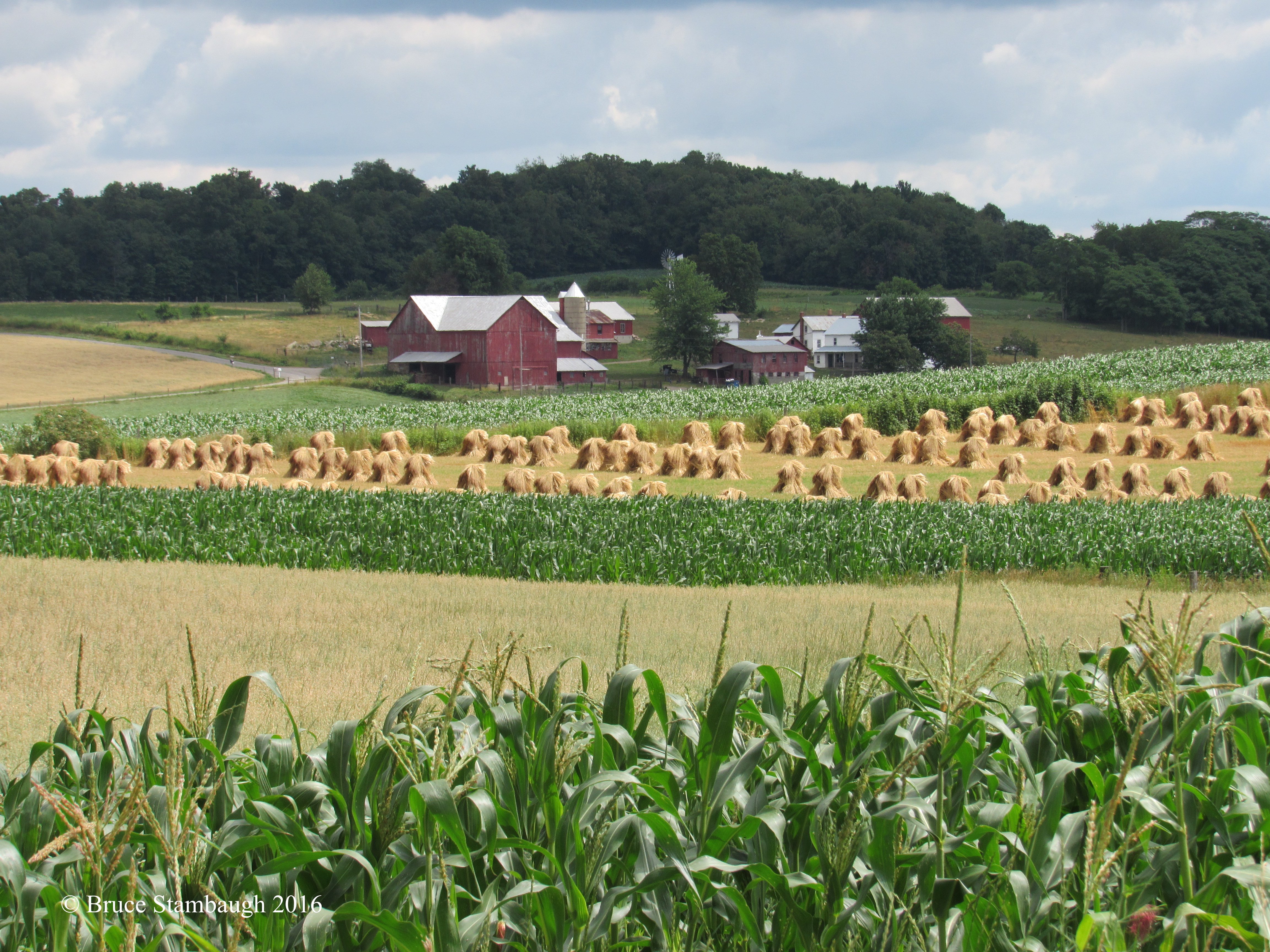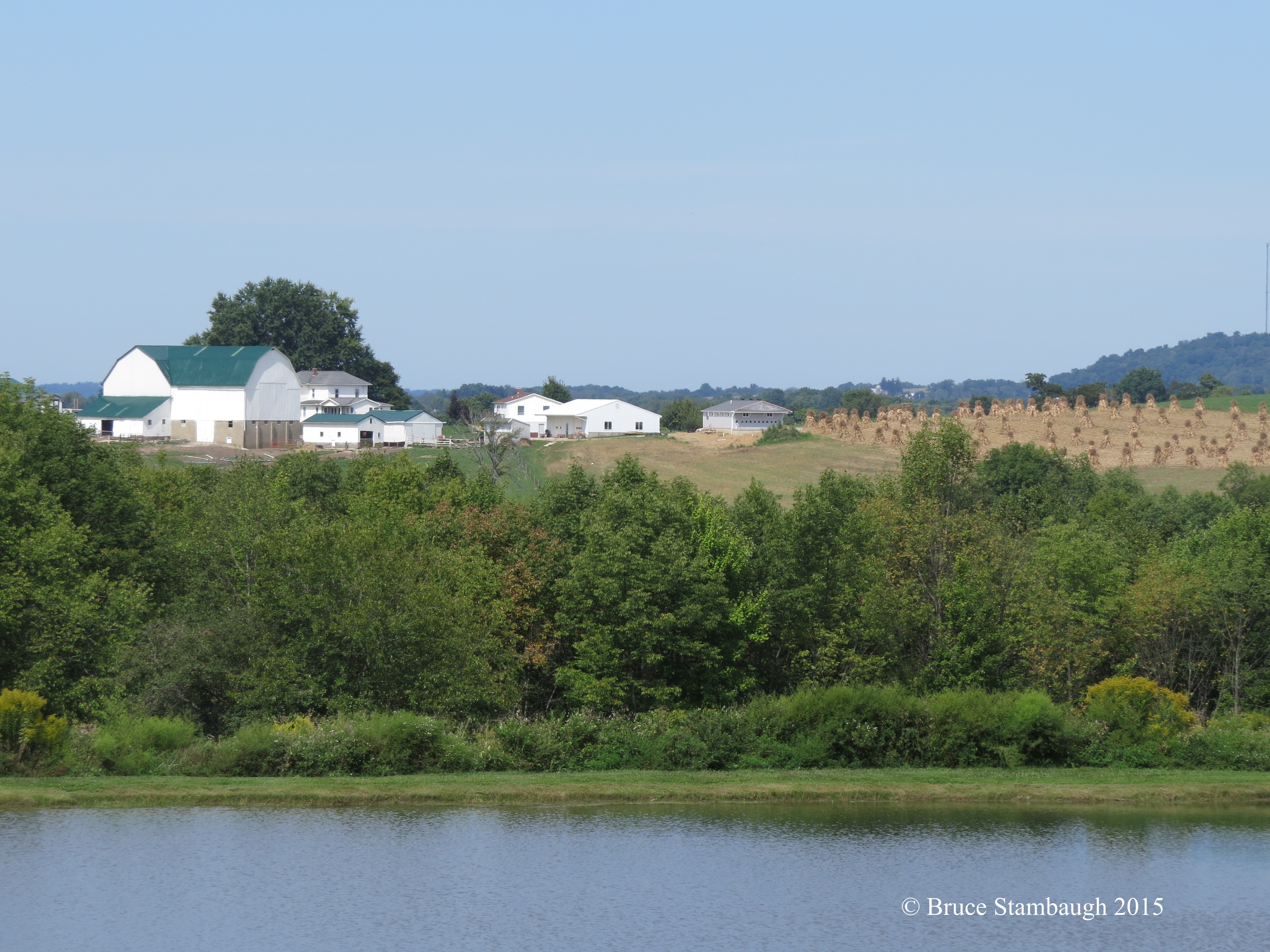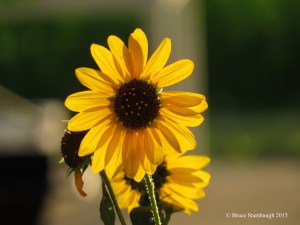
Why does summertime always seem to go so fast? It’s July already!
Once Memorial Day passes, and school dismisses, it’s on to summertime fun. With the warmer, more pleasant, consistent weather and longer daylight hours, we fill our days with the most enjoyable activities we can.
That’s easy for school children and retirees to do. We have all the time we need to enjoy each moment of each day if we so choose. However, most people who still work have to squeeze in as much outdoor time as possible.
Home improvement projects, gardening, lawn-mowing, fishing, hiking, biking, painting, and grilling are just some of the “ing” activities that fill the hours before and after work. But, from what I can tell, most folks do a fine job of making these precious days count.
Of course, critical social interactions like vacations and weddings also chip away at summer’s beck and call. But, hopefully, all of the planning time and money spent will make the events worthwhile. Usually, the smiles provide proof.
However, summer’s waning is especially noteworthy given all that we have endured during the ongoing pandemic. We here in the United States are most fortunate to have the vaccines so readily available. They allow us to shake off the doldrums of the prolonged, unexpected, and unwanted coronavirus ramifications.
Too many global citizens aren’t as fortunate, though I am glad to see that our country is coming to their aid. But the number of world’s people desiring the shots far outnumber the available vaccines at this point.

Still, Americans are taking to the highways and byways, packing national parks, baking on beaches, and celebrating the opportunities to do so. It’s a joyous feeling. We will continue our travel plans, but we will still be cautious.
My wife and I ventured out on our first out-of-state trip to visit her cousin and spouse in North Carolina. It was nice to be on the road again, even if the Interstates became parking lots from time to time due to accidents or construction.
We didn’t do anything special. The weather put a damper on that. But it was simply a joy to be together again, playing cards, reminiscing, watching TV shows, and enjoying dining out once again.
Another transition back to normalcy also lifted our spirits. We began to attend in-person church services, still with distancing and masks. Words alone can’t express my gratitude.
My wife and I got to see our son and his wife for the first time in nearly two years. We had watched their wedding via Zoom, but we made up for our absence by celebrating their first anniversary with them.
Last summer the pandemic interrupted our annual trip to our beloved Lakeside Chautauqua on the shores of Lake Erie. We hadn’t missed a summer there since we started going as a family in 1987.
We look forward to renewing friendships and making new ones, which is always easy to do in the summertime resort. I’ll rise to catch the break of dawn and head to the dock each evening to capture the sunset along with scores of other memory-makers.
We’ll play dominoes on the porch, stroll the shoreline sidewalks lined with lilies and hollyhocks. I’ll sit on a bench and watch the boats sail away, and enjoy the lake breezes.
I’m glad it’s summer, and I am thrilled to be able to travel again. However, the joy of reconnecting relationships far overshadows any exotic destinations.
With all of these interactions, perhaps that answers my question as to why summer seems to be already speeding along.

© Bruce Stambaugh 2021





























































You must be logged in to post a comment.